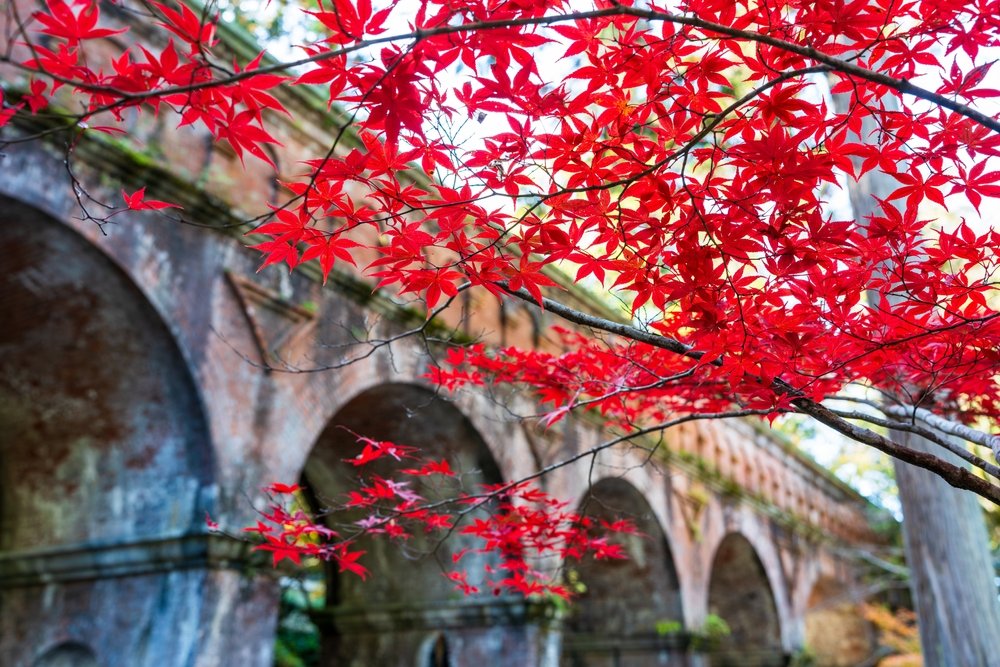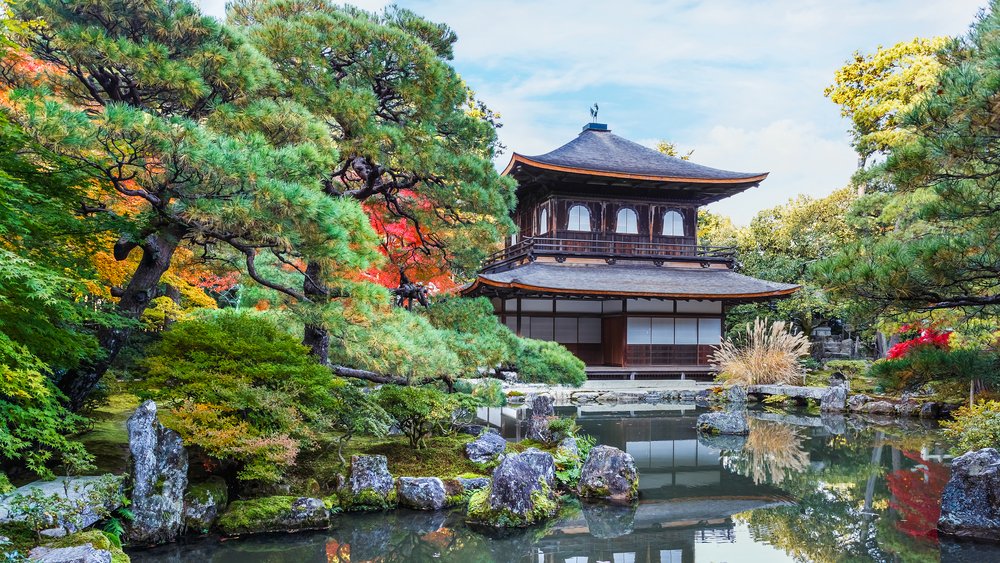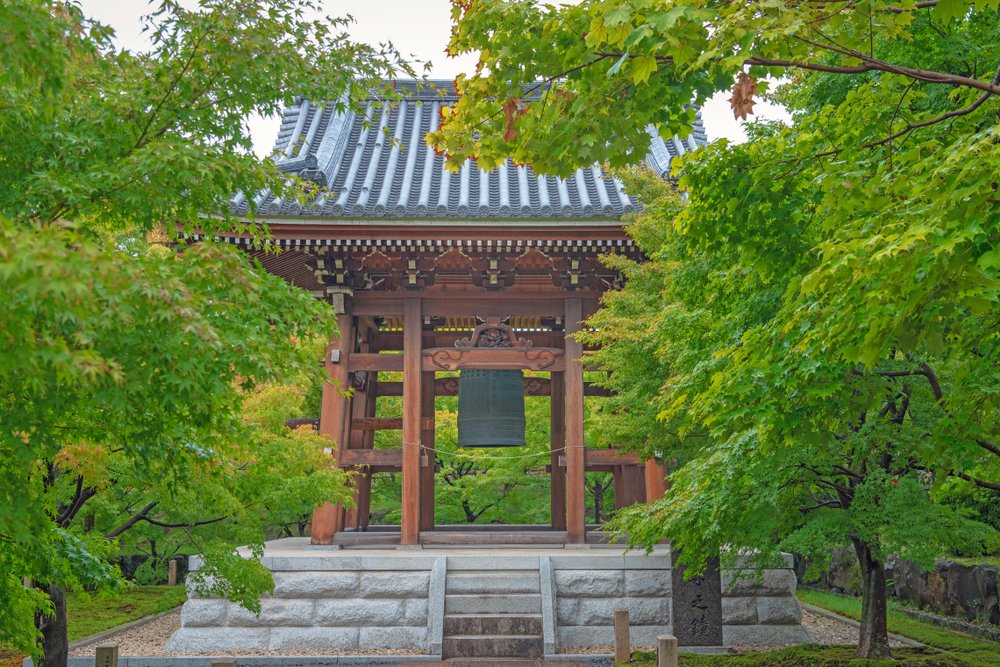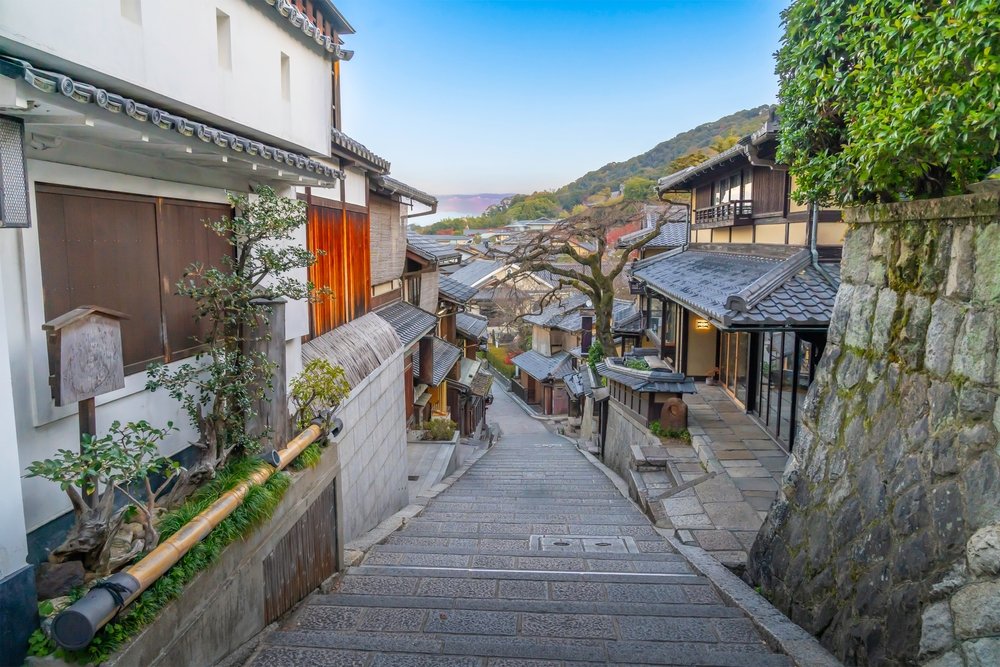How To Read Kyoto
Kyoto | Japan
Heritage
Architecture
Cultural Tour in Kyoto tracing beauty & meaning from Ginkaku-ji to Kiyomizu via Philosopher’s Path.
About
Book
Nearby
Edgin Ticzon
What is this?
This six-hour tour moves through Kyoto’s eastern districts, connecting a series of temples, streets, and spaces that reflect the city’s changing aesthetics and philosophies. It begins at Ginkaku-ji, where the idea of wabi-sabi — imperfection, transience, restraint — shaped how Japan thought about beauty. From there, you follow a canal path once walked by philosopher Nishida Kitaro, passing smaller temples and homes that remain part of Kyoto daily life.
You’ll visit a major Zen complex, see a 19th-century brick aqueduct that cuts through temple grounds, and step inside a museum holding centuries-old screen paintings, protected as National Treasures. Along the way is a seasonal lunch rooted in Kyoto’s vegetable-forward cuisine.
The final stretch brings a shift in scale: panoramic views from Kiyomizu-dera, followed by a walk through Sannenzaka and Ninenzaka, two of the most well-preserved historical streets in Kyoto. The tour ends here in a place you can continue exploring on your own.
What makes this unique?
For travelers with limited time, this is a thoughtfully sequenced one day tour through Kyoto’s east side to see its deeper currents in an efficient but unhurried arc through culture, design, and history. The curated route moves through Kyoto as both place and idea.
The Philosopher’s Path is scenic and it’s where Nishida Kitarō walked daily, turning movement into reflection. Ginkaku-ji, shaped by the wabi-sabi aesthetic, values moss over marble, patina over perfection. Inside Chishakuin’s museum, centuries-old screen paintings show nature as living, seasonal, symbolic, precise rhythm. Tanizaki’s In Praise of Shadows described how Japanese architecture lets light, shadow, and time shape space. You’ll see that here, in fading wood, soft outlines, and stone paths that feel lived in.
With a guide who brings these connections to life, the day unfolds not as a list of temples, but as an encounter with how beauty, philosophy, and design continue to shape how Kyoto is seen and felt.
What is the profile of the host?
Your host is a Kyoto-based guide trained in Japanese cultural history and Zen architecture. They help you notice details most visitors miss. They translate both language and culture, and their familiarity with Kyoto’s streets, rhythms, places, and people ensures the day moves smoothly and with purpose.
What to bring?
Comfortable walking shoes (you’ll be on stone paths and uneven ground).
Weather-appropriate clothing (Kyoto can be humid in summer and chilly in early spring).
Clothing that covers your shoulders and extends to your knees for temple visits.
Umbrella or rain jacket, depending on forecast.
Water bottle.
Where is this located?
Where will we meet?
Meet at Ginkaku‑ji Bridge. If arriving by taxi or private car, it’s an easy drop-off.
At the end of the tour, the guide will leave you after a stroll through Sannenzaka & Ninenzaka to explore the preserved streets, shops, and tea houses at your own pace.
Share
USD 315
per person
Private
2 - 4 peopleⓘ
6 hours
The price includes all fees and tips.
Private guiding by a Kyoto-based expert trained in cultural history and Zen architecture.
All local transportation during the tour (walking and taxi).
Entry fees to temples and sites visited.
Light seasonal lunch at a local restaurant.
Admission to the Treasure Museum at Chishakuin.
A tea or coffee at a local café along the Philosopher’s Path.
Offered in English
Private
2 - 4 peopleⓘ
6 hours
The price includes all fees and tips.
Private guiding by a Kyoto-based expert trained in cultural history and Zen architecture.
All local transportation during the tour (walking and taxi).
Entry fees to temples and sites visited.
Light seasonal lunch at a local restaurant.
Admission to the Treasure Museum at Chishakuin.
A tea or coffee at a local café along the Philosopher’s Path.
Offered in English



